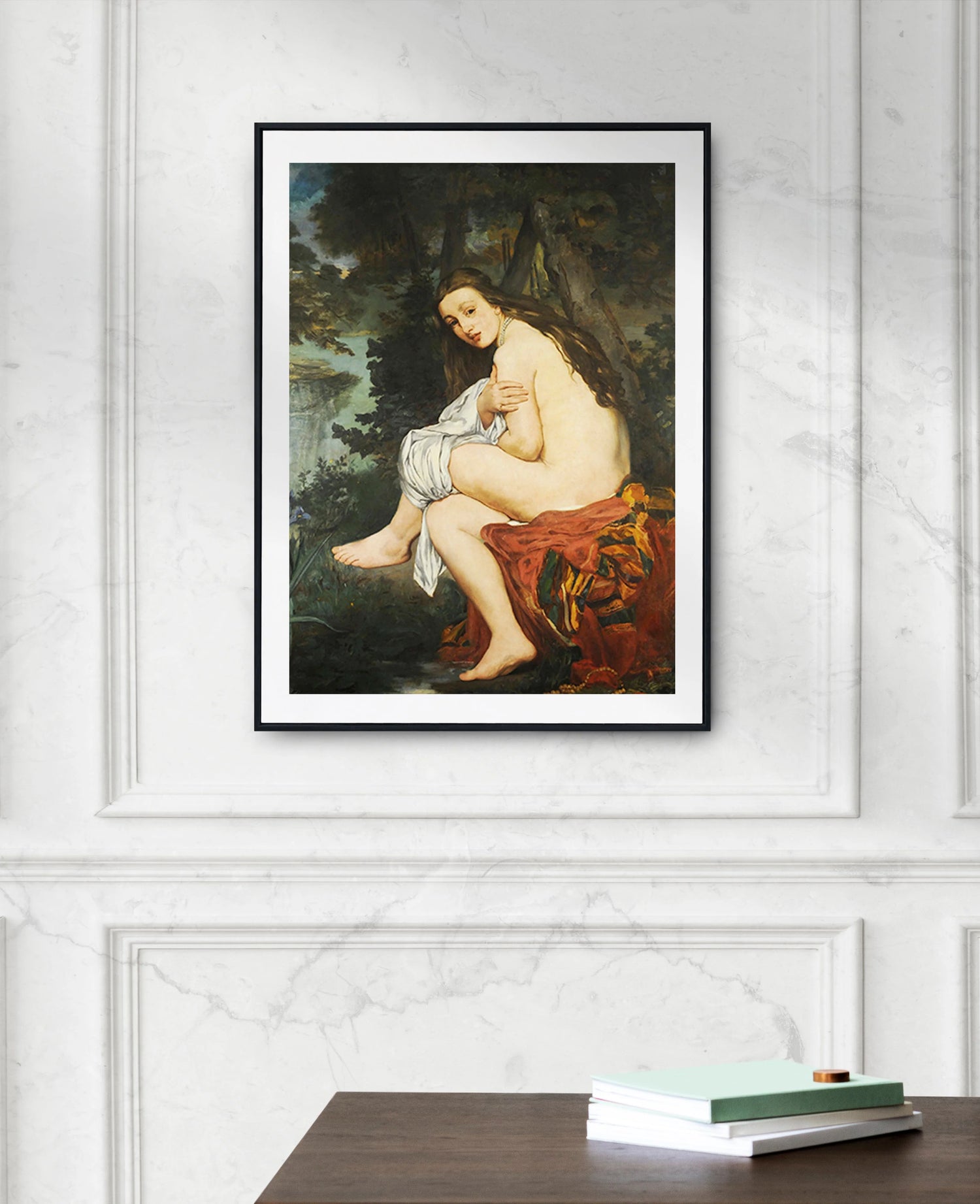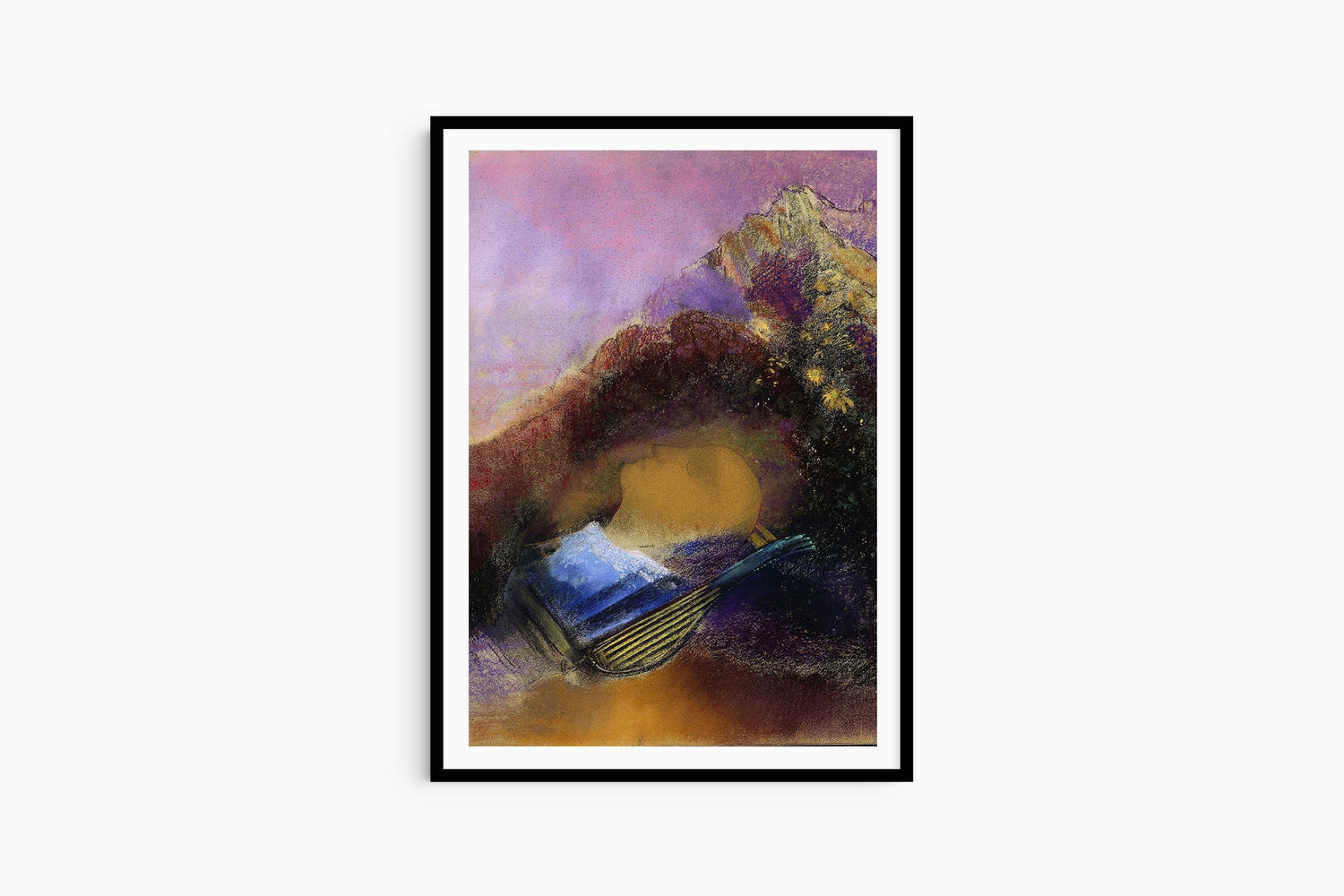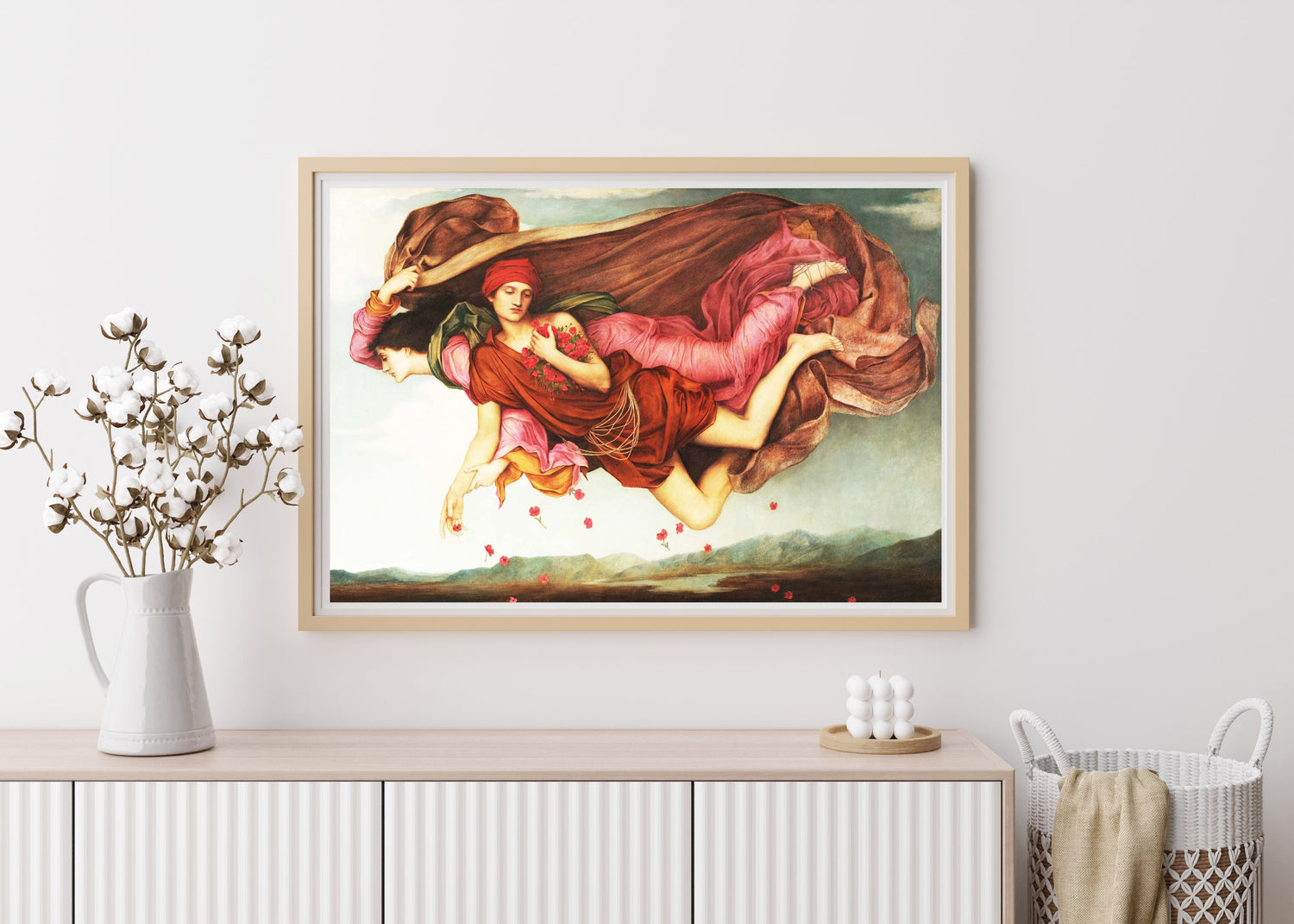
Mythology in Art: A Timeless Source of Inspiration
Mythology has long been a profound source of inspiration for artists, providing a rich tapestry of stories, symbols, and archetypes that transcend time and culture.
From ancient Greece to modern times, mythological themes have been explored in various forms of art, reflecting humanity's quest to understand the world, the divine, and our place within it.

Odilon Redon (1840-1916), a French symbolist painter and printmaker, is known for his dreamlike and fantastical imagery. Redon's work often delves into the realms of mythology and the subconscious, creating a sense of mystery and wonder.
One of his notable works, "Orpheus" (circa 1903), depicts the legendary musician and poet from Greek mythology who could charm all living things with his music.

Evelyn De Morgan (1855-1919), an English painter associated with the Pre-Raphaelite movement, frequently drew upon mythological and literary themes in her work. Her paintings often feature strong, heroic women and explore themes of spirituality and transformation.
De Morgan's work often reinterpreted mythological stories from a feminist perspective, highlighting the strength and resilience of her female subjects.

Anton Romako (1832-1889), an Austrian painter, is known for his unique and emotionally intense style. While not exclusively focused on mythology, Romako's work often incorporated mythological and historical themes, exploring the dramatic and tragic aspects of these stories.

